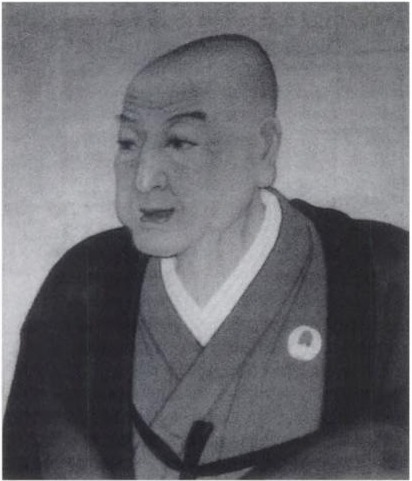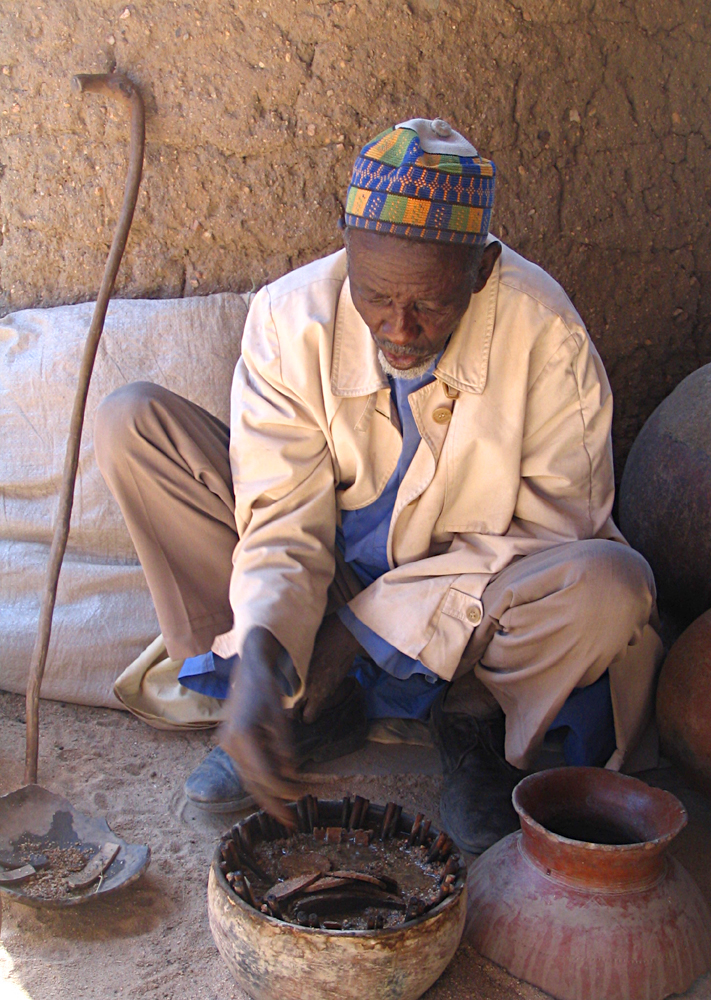|
Tōkyūjutsu
or ''Tōdō'' () is a Japanese divination (fortune telling) method, created by Yokoyama Marumitsu in the 1830s (Edo period). It was developed from ''tengenjutsu'', a system with origins in China and was well established at the time. ''Tōkyūjutsu'' teaches that ones personality and character can be determined by factors such as the date of birth and facial features. Good fortune is allegedly achieved by finding and understanding this inner self that has been obscured. from Digital Daijisen Marumitsu gained many followers from the upper and middle classes of . In 1848 they ... [...More Info...] [...Related Items...] OR: [Wikipedia] [Google] [Baidu] |
Yokoyama Marumitsu
was a Japanese late Edo period samurai and founder of the ''Tōkyūjutsu'' () divination and self-improvement method. He lived in Edo Edo (), also romanized as Jedo, Yedo or Yeddo, is the former name of Tokyo. Edo, formerly a (castle town) centered on Edo Castle located in Musashi Province, became the '' de facto'' capital of Japan from 1603 as the seat of the Tokugawa shogu ... (now Tokyo). His real name was Yokoyama Okitaka (), and he was also known as Sannosuke (), Shunkisai (), Kiosanjin (), , , and other pen names. References People of the Edo period 1780 births 1854 deaths {{Samurai-stub ... [...More Info...] [...Related Items...] OR: [Wikipedia] [Google] [Baidu] |
Tengenjutsu (fortune Telling)
is a Japanese fortune telling method. It is based on yin and yang and the five elements, and uses a person's birth date in the sexagenary cycle and physical appearance to predict one's fate. ''Tengenjutsu'' originated in various Chinese practices, but was first systemized by the early Edo period monk Tenkai. It is also the origin of ''Tōkyūjutsu''. See also * * Itako * Kokkuri * * |
Divination
Divination () is the attempt to gain insight into a question or situation by way of an occultic ritual or practice. Using various methods throughout history, diviners ascertain their interpretations of how a should proceed by reading signs, events, or omens, or through alleged contact or interaction with supernatural agencies such as ghost, spirits, gods, god-like-beings or the "will of the universe". Divination can be seen as an attempt to organize what appears to be random so that it provides insight into a problem or issue at hand. Some instruments or practices of divination include Tarot card reading, Tarot-card reading, Runic magic, rune casting, Tasseography, tea-leaf reading, automatic writing, water scrying, and psychedelics like psilocybin mushrooms and DMT. If a distinction is made between divination and fortune-telling, divination has a more formal or ritualistic element and often contains a more social character, usually in a religion, religious context, as se ... [...More Info...] [...Related Items...] OR: [Wikipedia] [Google] [Baidu] |
Edo Period
The , also known as the , is the period between 1600 or 1603 and 1868 in the history of Japan, when the country was under the rule of the Tokugawa shogunate and some 300 regional ''daimyo'', or feudal lords. Emerging from the chaos of the Sengoku period, the Edo period was characterized by prolonged peace and stability, urbanization and economic growth, strict social order, Isolationism, isolationist foreign policies, and popular enjoyment of Japanese art, arts and Culture of Japan, culture. In 1600, Tokugawa Ieyasu prevailed at the Battle of Sekigahara and established hegemony over most of Japan, and in 1603 was given the title ''shogun'' by Emperor Go-Yōzei. Ieyasu resigned two years later in favor of his son Tokugawa Hidetada, Hidetada, but maintained power, and defeated the primary rival to his authority, Toyotomi Hideyori, at the Siege of Osaka in 1615 before his death the next year. Peace generally prevailed from this point on, making samurai largely redundant. Tokugawa sh ... [...More Info...] [...Related Items...] OR: [Wikipedia] [Google] [Baidu] |
Chinese Fortune Telling
Chinese fortune telling, better known as ''Suan ming'' () has utilized many varying divination techniques throughout the dynastic periods. There are many methods still in practice in Mainland China, Taiwan, Hong Kong and other Chinese-speaking regions such as Malaysia, Indonesia and Singapore today. Over time, some of these concepts have moved into Korean, Japanese, and Vietnamese culture under other names. For example, ''"Saju"'' in Korea is the same as the Chinese four pillar (Chinese: 四柱八字) method. History The oldest accounts about the practice of Chinese divination describe it as a measure for "solving doubts" (e.g. "Examination of doubts" 稽疑 part of the ''Great Plan'' :zh:洪範). Two well known methods of divination included ''bǔ'' 卜 (on the tortoise shells) and ''shì'' 筮 (on the stalks of milfoil shī 蓍). Those methods were sanctioned by the royal practice since Shang and Zhou dynasties. Divination of the ''xiang'' 相 type (by appearance – of the ... [...More Info...] [...Related Items...] OR: [Wikipedia] [Google] [Baidu] |
Shogakukan
is a Japanese publisher of comics, magazines, light novels, dictionaries, literature, non-fiction, home media, and other media in Japan. Shogakukan founded Shueisha, which also founded Hakusensha. These are three separate companies, but are together called the Hitotsubashi Group, one of the largest publishing groups in Japan and the world. Shogakukan is headquartered in the Shogakukan Building in Hitotsubashi, part of Kanda, Chiyoda, Tokyo, near the Jimbocho book district. The corporation also has the other two companies located in the same ward. International operations In the United States Shogakukan, along with Shueisha, owns Viz Media, which publishes manga from both companies in the United States. Shogakukan's licensing arm in North America was ShoPro Entertainment; it was merged into Viz Media in 2005. Shogakukan's production arm is Shogakukan-Shueisha Productions (previously Shogakukan Productions Co., Ltd.) In March 2010 it was announced that Shogakuka ... [...More Info...] [...Related Items...] OR: [Wikipedia] [Google] [Baidu] |
Tokugawa Shogunate
The Tokugawa shogunate, also known as the was the military government of Japan during the Edo period from 1603 to 1868. The Tokugawa shogunate was established by Tokugawa Ieyasu after victory at the Battle of Sekigahara, ending the civil wars of the Sengoku period following the collapse of the Ashikaga shogunate. Ieyasu became the ''shōgun,'' and the Tokugawa clan governed Japan from Edo Castle in the eastern city of Edo (Tokyo), Edo (Tokyo) along with the ''daimyō'' lords of the ''samurai'' class. The Tokugawa shogunate organized Japanese society under the strict Edo society, Tokugawa class system and banned most foreigners under the isolationist policies of ''Sakoku'' to promote political stability. The Tokugawa shoguns governed Japan in a feudal system, with each ''daimyō'' administering a ''Han system, han'' (feudal domain), although the country was still nominally organized as provinces of Japan, imperial provinces. Under the Tokugawa shogunate, Japan experienced rapid ... [...More Info...] [...Related Items...] OR: [Wikipedia] [Google] [Baidu] |
Shinto
, also called Shintoism, is a religion originating in Japan. Classified as an East Asian religions, East Asian religion by Religious studies, scholars of religion, it is often regarded by its practitioners as Japan's indigenous religion and as a nature religion. Scholars sometimes call its practitioners ''Shintoists'', although adherents rarely use that term themselves. With no central authority in control of Shinto, there is much diversity of belief and practice evident among practitioners. A polytheism, polytheistic and animism, animistic religion, Shinto revolves around supernatural entities called the (神). The are believed to inhabit all things, including forces of nature and prominent landscape locations. The are worshipped at household shrines, family shrines, and Shinto shrine, ''jinja'' public shrines. The latter are staffed by priests, known as , who oversee offerings of food and drink to the specific enshrined at that location. This is done to cultivate harmony ... [...More Info...] [...Related Items...] OR: [Wikipedia] [Google] [Baidu] |
Buddhism In Japan
Buddhism was first established in Japan in the 6th century CE. Most of the Japanese Buddhists belong to new schools of Buddhism which were established in the Kamakura period (1185-1333). During the Edo period (1603–1868), Buddhism was controlled by the Tokugawa shogunate, feudal Shogunate. The Meiji period (1868–1912) saw a strong response against Buddhism, with persecution and a forced separation between Buddhism and Shinto (''Shinbutsu bunri''). The largest sects of Japanese Buddhism are Pure Land Buddhism#Japanese Pure Land, Pure Land Buddhism with 22 million believers, followed by Nichiren Buddhism with 10 million believers, Shingon Buddhism with 5.4 million, Japanese Zen, Zen Buddhism with 5.3 million, Tendai Buddhism with 2.8 million, and only about 700,000 for the Nanto Rokushū, six old schools established in the Nara period (710-794). History Early Buddhism (5th-13th century) Arrival and initial spread of Buddhism Originating in India, Buddhism arrived in ... [...More Info...] [...Related Items...] OR: [Wikipedia] [Google] [Baidu] |
Meiji Restoration
The , referred to at the time as the , and also known as the Meiji Renovation, Revolution, Regeneration, Reform, or Renewal, was a political event that restored Imperial House of Japan, imperial rule to Japan in 1868 under Emperor Meiji. Although there were ruling emperors before the Meiji Restoration, the events restored practical power to, and consolidated the political system under, the Emperor of Japan. The Restoration led to enormous changes in Japan's political and social structure and spanned both the late Edo period (often called the Bakumatsu) and the beginning of the Meiji era, during which time Japan rapidly Industrialization, industrialised and adopted Western culture, Western ideas and production methods. The origins of the Restoration lay in economic and political difficulties faced by the Tokugawa shogunate. These problems were compounded by the encroachment of foreign powers in the region which challenged the Tokugawa policy of , specifically the arrival of the Pe ... [...More Info...] [...Related Items...] OR: [Wikipedia] [Google] [Baidu] |
Religion In Japan
Religion in Japan is manifested primarily in Shinto and in Buddhism, the two main faiths, which Japanese people often practice simultaneously. Syncretic combinations of both, known generally as , are common; they represented Japan's dominant religion before the rise of State Shinto in the 19th century. The Japanese concept of religion differs significantly from that of Western culture. Spirituality and worship are highly eclectic; rites and practices, often associated with well-being and worldly benefits, are of primary concern, while doctrines and beliefs garner minor attention. Religious affiliation is an alien notion. Although the vast majority of Japanese citizens follow Shinto, only some 3% identify as Shinto in surveys, because the term is understood to imply membership of organized Shinto sects.Engler, Price. 2005. p. 95Williams, 2004. pp. 4-5 Some identify as , yet this does not signify irreligion, rejection or apathy towards faith. The is a specified identity, which ... [...More Info...] [...Related Items...] OR: [Wikipedia] [Google] [Baidu] |





